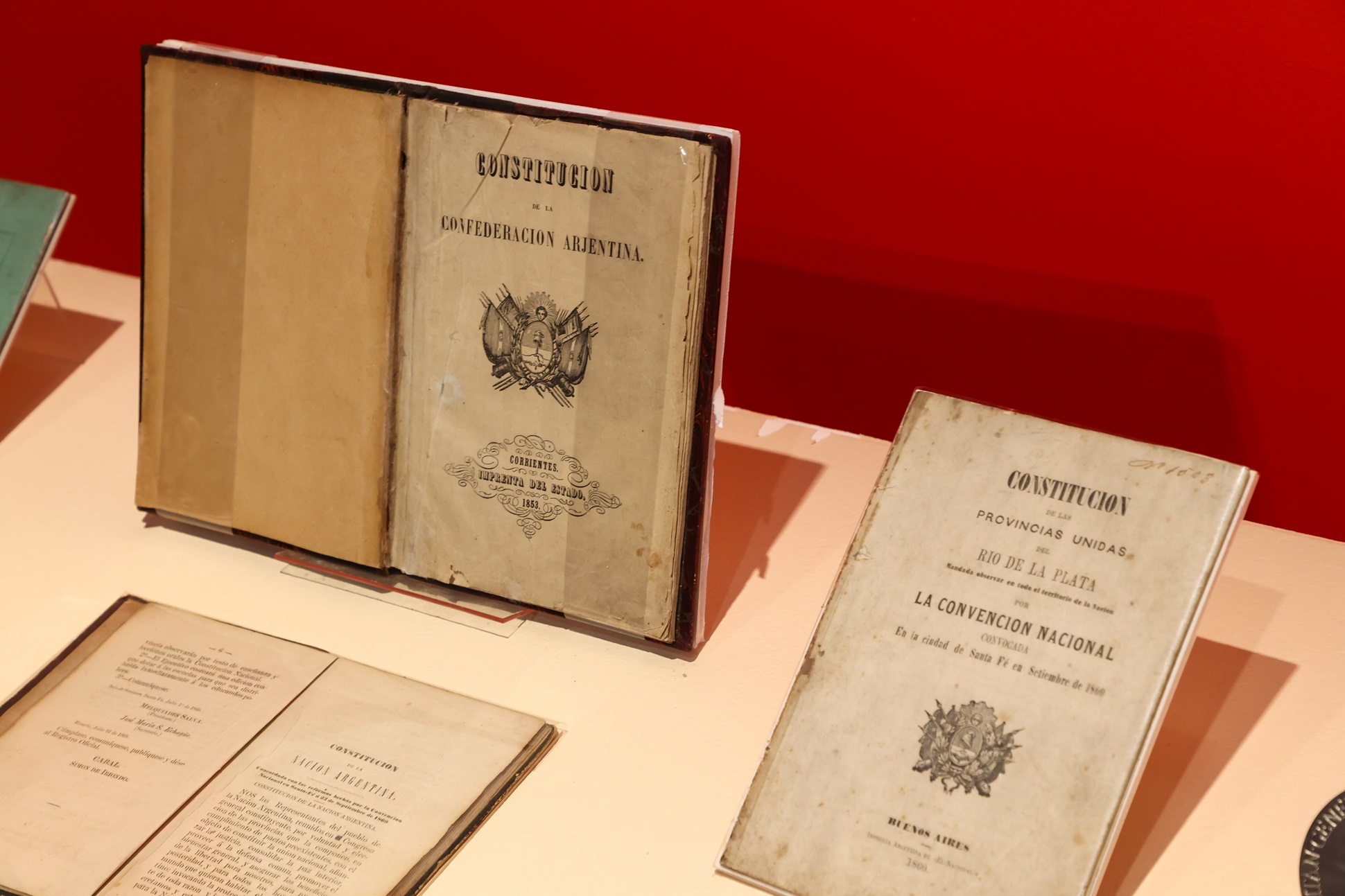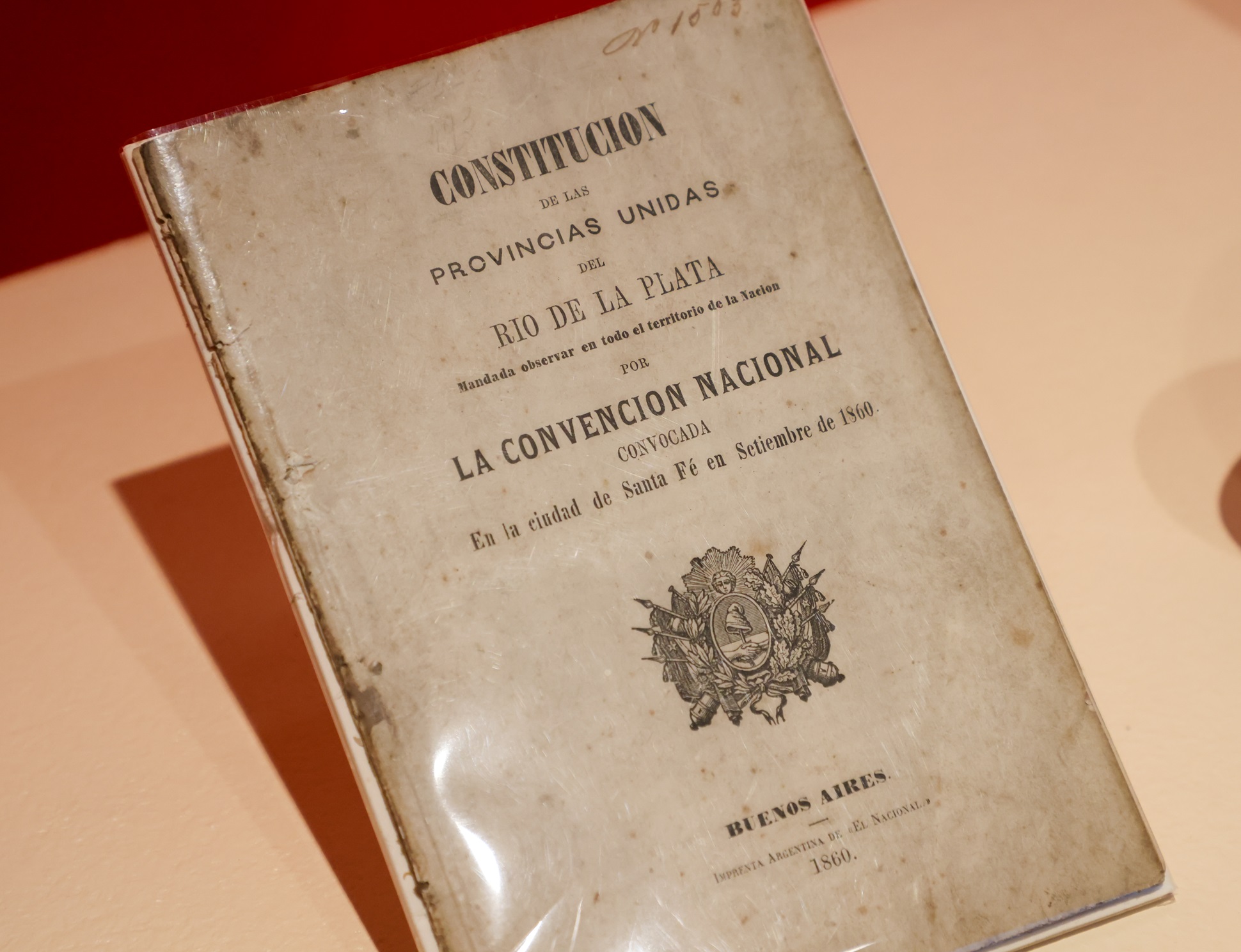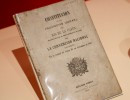On May 1, Argentina celebrates the Day of the National Constitution in commemoration of its sanction on May 1, 1853 in the city of Santa Fe, under the presidency of Justo José de Urquiza. This Magna Carta established the representative, republican and federal form of government, as well as the division of executive, legislative and judicial powers. This document laid the legal foundations and the birth of the liberties of every inhabitant of Argentine soil and was drafted according to the essays written by Juan Bautista Alberdi, inspired by classical liberalism and the political doctrine of federalism established in the Constitution of the United States.
The Argentine National Constitution was the result of hard work and collective commitment on the part of the visionary leaders of the time who were aware of the need to establish a solid legal framework that would guarantee basic rights and individual liberties.
In its preamble, the Constitution recognises the people and their representatives as the source of the power that gives it legitimacy. It also recognises the pre-existence of the provinces whose representatives formed the constituent power.
Preamble:
We the representatives of the people of the Argentine Nation, assembled in a General Constituent Congress by the will and election of the provinces that compose it, in compliance with pre-existing pacts, with the object of constituting the national union, consolidating justice, consolidating internal peace, providing for the common defence, promoting the general welfare, and securing the benefits of liberty, for ourselves, for our posterity, and for all men of the world who wish to inhabit Argentine soil: invoking the protection of God, the source of all reason and justice: we ordain, decree and establish this Constitution, for the Argentine Nation.
National Constitution Day was established by Law 25.863, passed on 4 December 2003 and promulgated on 8 January 2004. The law was amended in 1860, 1866, 1898, 1957 and 1994 until the current Constitution was achieved. It has stood the test of time and political challenges, proving its relevance and adaptability in an ever-changing world.
Since then, the Constitution has served as the cornerstone of Argentine democracy, providing a legal framework for the organisation of government, the protection of civil and political rights, and the promotion of the general welfare.

The Casa Rosada Museum exhibits a set of copies printed in the third quarter of the 19th century, shortly after the 1853 Constitution was sanctioned in Santa Fe by the Constituent General Assembly.
The Constitution of the Argentine Confederation ("Arjentina") 1853, printed at the State Printing House in Corrientes, has the particularity of having the word Argentina written with a "J".

On the other hand, we find the Constitution of the United Provinces (1860), one of the first reforms of the Constitution. In 1860, Buenos Aires signed the Pact of San José de Flores and joined the Argentine Confederation. The changes were related to the incorporation of the province of Buenos Aires into the Confederation and, in addition, an important mechanism of political control of the Congress over the provinces was abolished.




